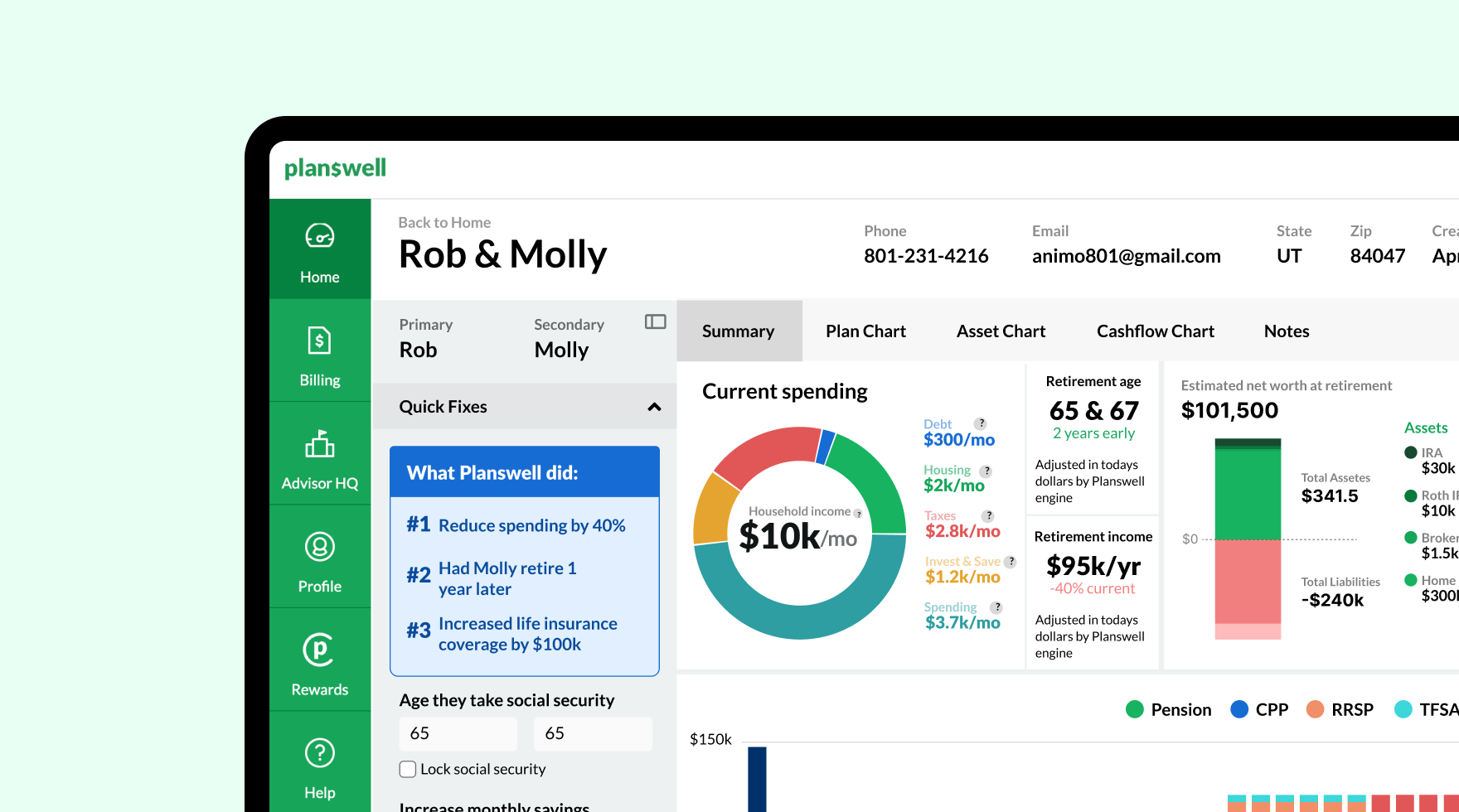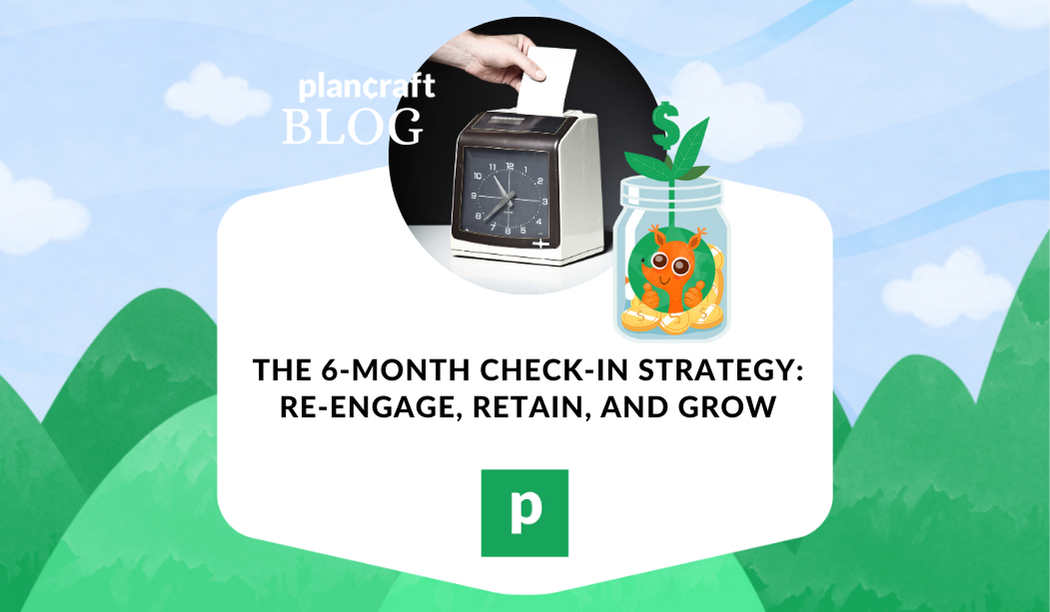In review meetings, retirees rarely bring this one up first. They talk about travel plans, grandkids, and when to claim Social Security. Two years later they call about Medicare premiums that are higher than they expected. The pattern is simple once you see it. Medicare looks back two tax years to set your Part B and Part D premiums. That means what a client does at 63 and 64 can echo at 65 and 66. The dollars are real, yet most plans do not frame those years as a distinct planning window.
I like to treat age 63 as a quiet fork in the road. Not a scare tactic. Just a moment to ask whether any planned moves will push modified adjusted gross income into a higher premium tier two years down the line. If yes, we decide together whether to stage the income, offset it, or accept the trade and document why.
Why 63 and 64 matter
Medicare uses your tax return from two years prior to determine whether an income-related monthly adjustment amount applies. In plain language, the return you file for the year you turn 63 helps set what you pay at 65. The return you file at 64 influences 66. For clients with variable income or one-time events, those two years can make a calm retirement feel unexpectedly pricey.
The most common culprits are Roth conversions done without a ceiling, large capital gains from rebalancing or selling a business interest, exercising options, IRA withdrawals that fill more than spending needs, and even a well-timed bonus in the final working year. None of these are bad. They just deserve a look at both the tax and premium impact before you push send.
Framing the decision without drama
I will pull a simple income timeline that runs from 62 through 67. We mark known items like retirement date, Social Security start, any pensions, and the first required distribution year later on. Then we add the potential spikes at 63 and 64. With everything on one page, the conversation calms down. It becomes less about rules and more about tradeoffs the client can weigh.
Sometimes the best choice is to proceed as planned. Other times we can stage a conversion across two years, harvest gains in a lower income window, or pair higher income with larger charitable gifts when that already fits the client’s values. When a client is working at 63 with strong wages, we simply document that premiums will be higher two years later and make sure cash flow at 65 expects it. Surprises shrink when you name them early.
Two short case sketches
Dana, age 62, retiring next spring
Dana plans to retire at 63 and convert a big chunk of her traditional IRA that same year. On a whiteboard it looks elegant. In the 63 to 64 window it spikes her modified adjusted gross income and would lift Medicare premiums at 65 and 66. We do not cancel the conversions. We right-size them. Half at 63, the remainder at 64, each sized to a bracket ceiling that respects both taxes and the premium tiers. The math is not perfect. The life is better. She still meets the long goal of moving a portion to Roth while keeping near-term costs predictable.
Marcus and Lila, still working at 63
Marcus receives a one-time retention bonus at 63. Together with Lila’s income, their return that year will live well above the first premium threshold. No staging available. We decide to accept higher Medicare premiums at 65 and 66 and we put it in writing so no one is surprised later. At the same time, we move a scheduled portfolio cleanup to 62 and 64 to avoid stacking more income on top of the bonus year. Small shifts do more than lectures.
Appeals are possible, but not a plan
Life happens. Retirement itself, marriage, divorce, death of a spouse, and loss of income can qualify as life-changing events for a premium appeal. If a client’s situation fits, you can help them complete the Social Security form to request a new determination. It is a useful path when facts change. It is not a substitute for thinking ahead when facts are already known.
What I write in the file
Two short notes help future you. First, a sentence that explains how Medicare will look back and which tax years are in play. Second, a brief description of any moves we intentionally staged, any known income we accepted, and the expected premium effect in dollars. It is amazing how much clarity those three lines provide when a client calls two years later.
A gentler bar for success
You are not trying to game the system. You are helping clients avoid paying more than they need to for healthcare in the exact years they switch to Medicare. If they understand why 63 and 64 deserve a little attention, and the plan shows how you handled it, you have already moved the needle.








.png)
